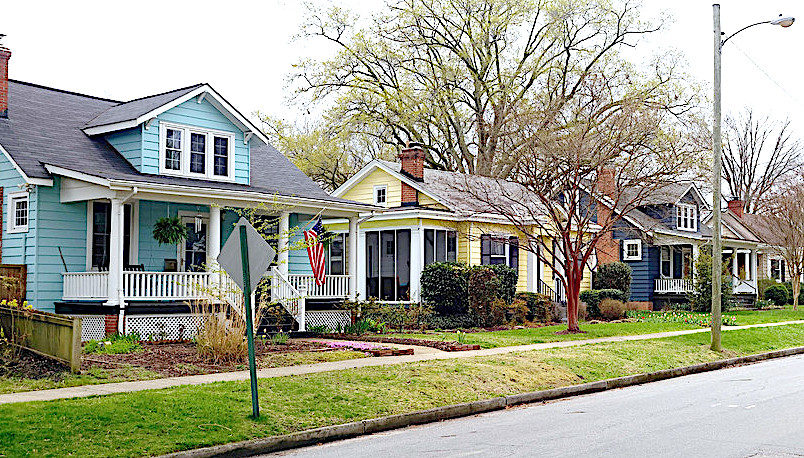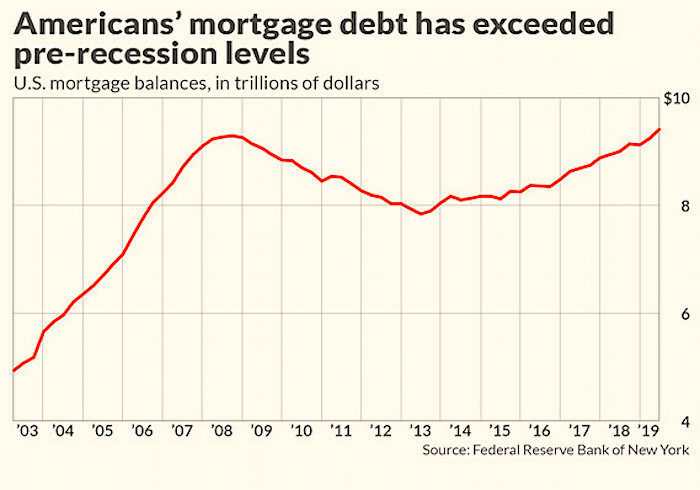OF THE
TIMES
The course of life and labour reminds me of a long journey I once took on the railway. Suddenly, there was a breakdown ahead, and passengers took the event in various ways. Some of them sat still resignedly, and never said a word. Others again, went to sleep. But some of us leaped out of that train, and ran on ahead to clear the road of all obstructions.
'' We have it all messed up in our heads.'' Robert Fico seems to have his head working correctly.
So, Israel attacks an Iranian embassy in another country. An attack that is as an attack directly on Iran. Iran rightfully retaliates. Now Israel...
Getting to the bottom of who (or what) these "people" are, is one of the the most important topics any intelligent person can engage in; my take...
Thanks Ben Turner. I bet you never thought you'd be making your living writing fiction, did you?
Lucky I wasn't standing there taking a Piz, I could have been killed!
To submit an article for publication, see our Submission Guidelines
Reader comments do not necessarily reflect the views of the volunteers, editors, and directors of SOTT.net or the Quantum Future Group.
Some icons on this site were created by: Afterglow, Aha-Soft, AntialiasFactory, artdesigner.lv, Artura, DailyOverview, Everaldo, GraphicsFuel, IconFactory, Iconka, IconShock, Icons-Land, i-love-icons, KDE-look.org, Klukeart, mugenb16, Map Icons Collection, PetshopBoxStudio, VisualPharm, wbeiruti, WebIconset
Powered by PikaJS 🐁 and In·Site
Original content © 2002-2024 by Sott.net/Signs of the Times. See: FAIR USE NOTICE


Reader Comments
I would hazard a guess that there are a large number of hard working, former middle class homeowners using the funds to make ends meet and or consolidating debt.